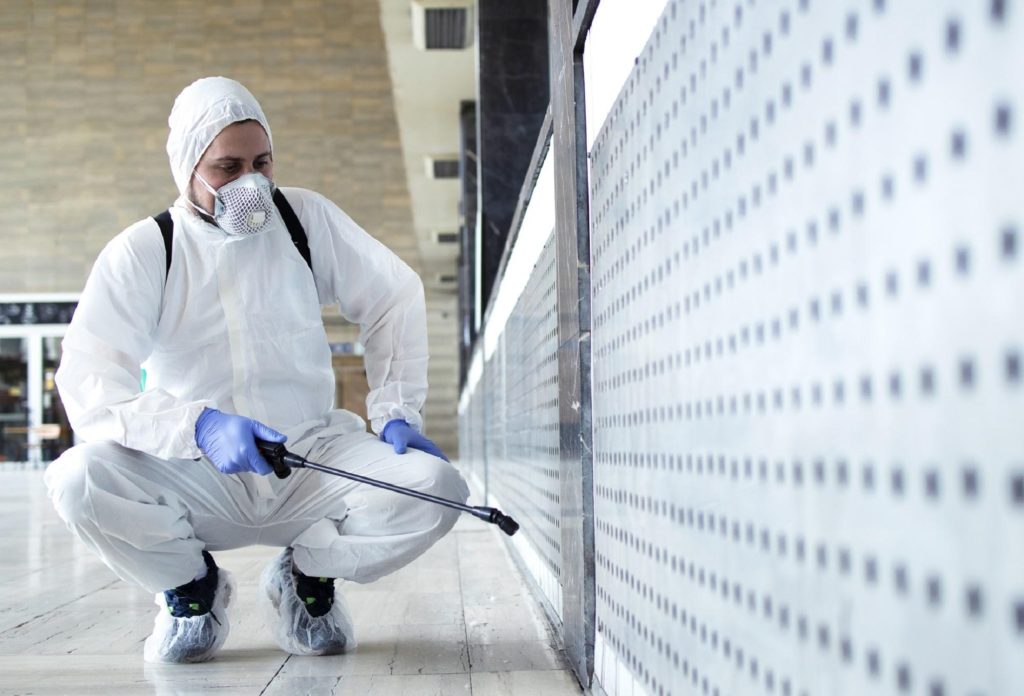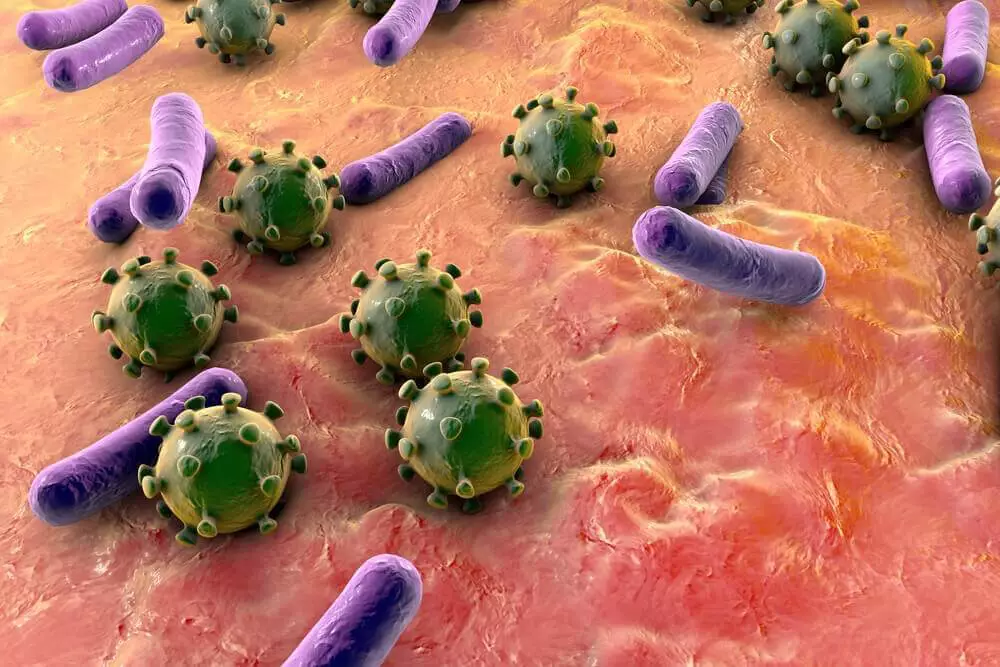Whether it’s a chemical spill in a laboratory, a gas leak in an office block or the presence of harmful bacteria or viruses in a hospital, decontamination is an effective way to remove these potentially harmful substances and restore the area to its original state.
During any decontamination, the professional cleaners carrying out this work will follow a prearranged process to ensure that the affected area is cleaned correctly and to a suitable standard. As chemicals and germs aren’t always visible to the human eye, this attention to detail is vital. In this blog, we look at decontamination generally and the various stages this can involve, and we outline how specialist cleaners can approach this task.
What are the 3 levels of decontamination?
The three levels of decontamination apply to different approaches to items that may need to be cleaned. Depending on the contaminant itself and the severity of the spill, each of these approaches may be used separately or together, with all three being applicable to thorough cleans.
The three levels of decontamination are:
1. Cleaning
As a starting point, cleaning covers the removal of the contaminant and any other unwanted substances from floors, walls, doors and windows using simple cleaning products, detergents and, in some cases, soap and water.
2. Disinfection
A more advanced stage, disinfection is the removal of microbes on surfaces and objects to reduce the risk of infection using chemicals or heat on individual items. While disinfection isn’t guaranteed to kill all microorganisms, it reduces the presence of them to prevent the spread of harmful bugs and diseases.
3. Sterilisation
Eliminating any remaining bacterial spores, microorganisms and viruses, sterilisation is done in a number of ways such as through irradiation, moist heat, dry heat or using chemicals. Frequently used in a healthcare environment, sterilisation is primarily utilised on decontamination equipment as it removes all trace to prevent the unwanted substances from being moved elsewhere.

What is the decontamination process?
To cater to the health and safety of the professional cleaners and ensure that the air and surface decontamination process is carried out accordingly, there is a structure to adhere to. Although this is likely to differ in a variety of ways depending on the substance, the area being cleaned and the people conducting the clean, all decontaminations play out in a similar manner. In this example, we look at how a professional cleaner would generally approach and carry out the decontamination of an indoor area.
The general decontamination process is as follows:
- firstly, the professional cleaner will change into personal protective equipment (PPE) to protect their skin from the contaminant
- to prevent further damage, they will surround the contaminant with absorbent materials to stop it from spreading before cleaning it away from the outside inwards
- after all visible remnants of the contaminant has been disposed of, they will spray the area with a cleaning product using an electrostatic sprayer to counteract its properties
- throughout the cleaning process, they will frequently swab the area to check how much, if any, of the contaminant remains
- it’s at this point that more advanced devices can be used, such as BioSweep technology for destroying any remaining contamination on surfaces and in the air, and protecting surfaces to prevent contaminants from appearing in the future
- when the clean is complete, the professional cleaner will dispose of any disposable cleaning equipment, safely move equipment and devices used for the clean to somewhere that they can be sanitised, and consider disposing of any items in the area such as furniture and clothing that were also affected by the spill
- as a precaution, professional cleaners will swab all areas of the room including the floor, walls, doorways and windows over the course of cleaning to check that the contaminant hasn’t spread.
Once the decontamination is complete, the professional cleaners will create a final survey on their findings. This survey or report will be given to the occupier of the area to detail how they’ve carried out the decontamination process and any next steps they need to follow. For example, this could be to avoid the area for a set amount of time if the method of decontamination is harmful and requires airing out.



